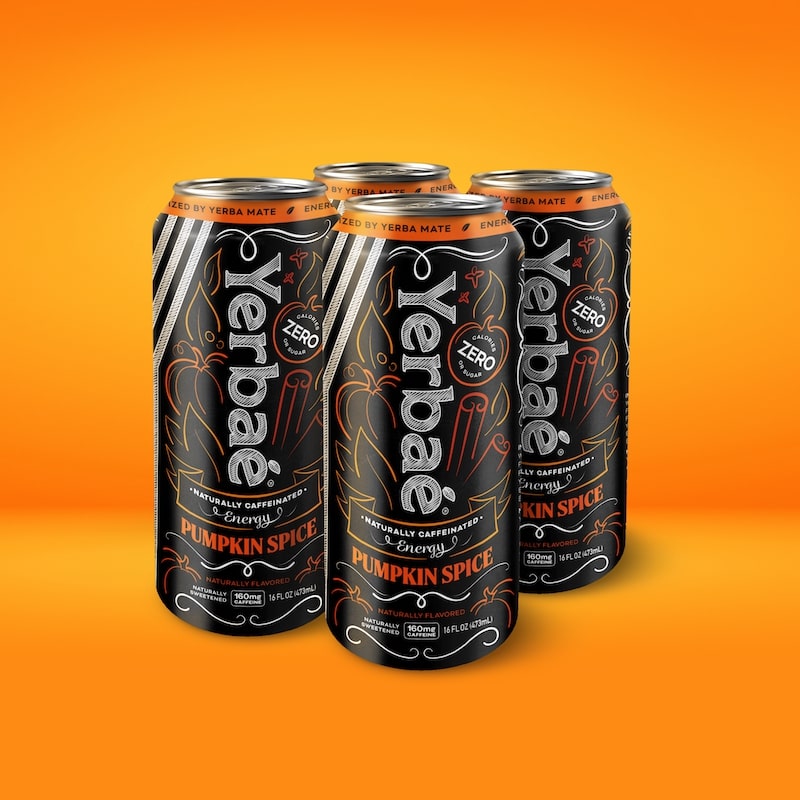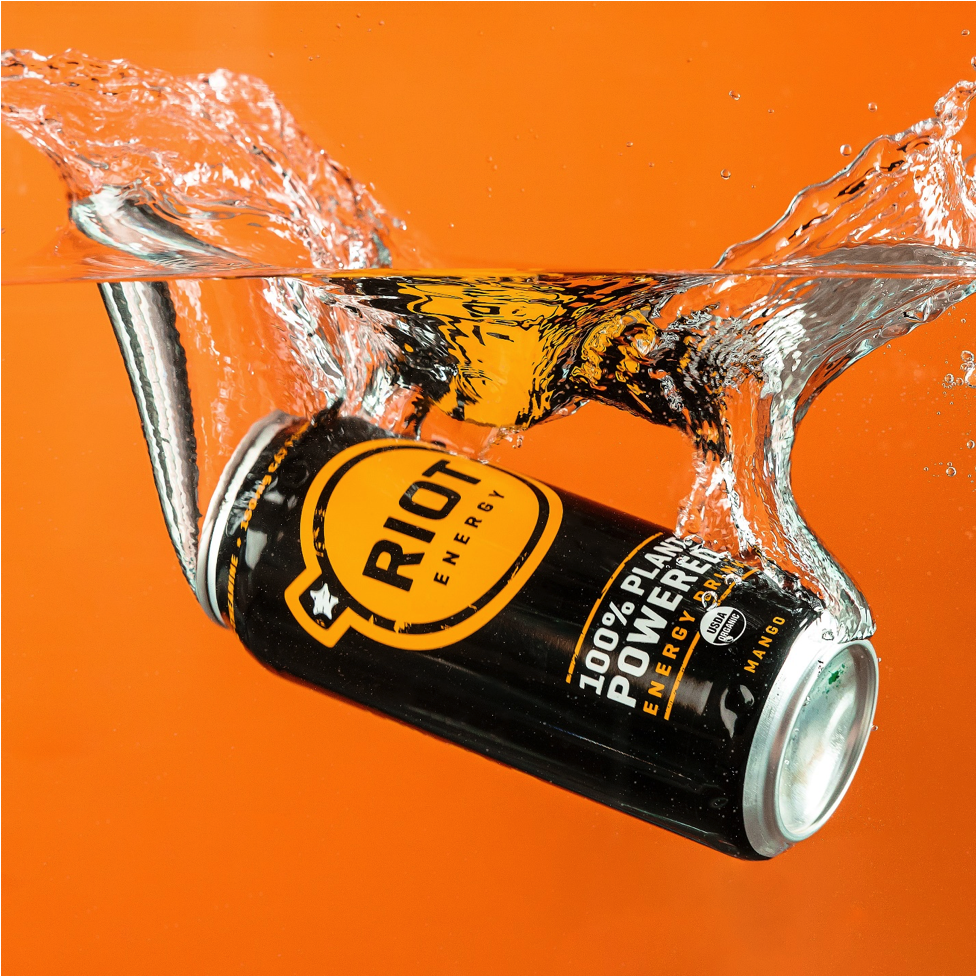The Rise of Energy Drinks in the Early 2000s
Early 2000s energy drinks! The early 2000s were a time of vibrant change. In the beverage industry, this era saw a significant boom in energy drinks. Young adults and teenagers were the main targets. Marketers tapped into a culture hungry for stamina and alertness.

Products packed with caffeine, taurine, and other energizing substances hit the shelves. They promised instant boosts of energy. They offered an easy solution to combat fatigue. Brands understood the lifestyle demands of a fast-paced society. They positioned their drinks as essential for late-night study sessions, long work hours, and partying until dawn.
Cleverly, they also aligned with extreme sports and music scenes. Endorsements from athletes and celebrities increased appeal. Sponsorships of events made certain energy drink logos ever-present. It wasn’t just a beverage; it was a lifestyle choice that echoed the zeitgeist.
Sales figures soared as these beverages became a staple for many. The early 2000s set the foundation for what would become a massively competitive market. These were formative years for the evolution of energy drinks. Their influence spread rapidly, shaping a generation’s consumption habits. The early 2000s energy drinks craze left an indelible mark on pop culture and commerce alike.

Key Brands That Dominated the Market
In the flurry of the early 2000s, certain brands stood out. They became almost synonymous with the term ‘energy drink’. Red Bull soared to the top, with its iconic slogan, ‘Red Bull gives you wings’. This brand dominated not just shelves but also extreme sports events and pop culture.
Monster Energy made a big splash as well. With its aggressive branding and sponsorship of music festivals, it resonated with a youthful audience craving edge and excitement. Rockstar, another key player, blended lifestyle marketing with various flavors, aiming to appeal to diverse tastes. Amp Energy, by PepsiCo, also hit the scene, promising a rush of energy to its consumers.
These key brands drove the market growth. They invested in heavy marketing campaigns. They created loyal customer bases through consistent messaging. These brands were more than drinks; they were emblems of a high-energy, high-stakes way of life. They played a critical role in shaping the energy drink industry during its formative years and became household names in the process.
Ingredients and Flavors that Defined a Generation
The early 2000s energy drinks burst with bold ingredients and flavors. Caffeine, of course, was the star. Every can boasted high doses to wake up even the sleepiest of consumers. Taurine, an amino acid, was another key player. Brands highlighted its role in boosting physical performance. Guarana, ginseng, and B-vitamins also made the list. They added to the promise of sharpened focus and sustained energy.
Sugars and artificial sweeteners gave these drinks their addictive sweetness. They also countered the bitterness of caffeine. Flavors ranged from classic citrus to daring berry mixes. Drinks often had thematic names to match their unique tastes. These flavors became nostalgic cues for a generation now grown.
Ingredient lists were long, often with complex chemical names. This mystery added to the allure. Teens and adults alike trusted these drinks to power their days—and nights. The bold tastes and promised effects made these beverages not just popular but iconic. The ingredients and flavors of early 2000s energy drinks became signatures of the era.
The Marketing Strategies of Early Energy Drinks
The early 2000s energy drinks market thrived on bold marketing strategies. Brands aimed for a young, dynamic audience. They used a mix of tactics to catch the eyes, and wallets, of consumers. Here are some of those strategies:
- Celebrity Endorsements: Popular athletes and stars promoted these drinks, suggesting a lifestyle of vitality and excitement. Their reach helped brands connect with fans.
- Extreme Sports Sponsorships: From motocross to snowboarding, energy drink logos were everywhere. Events sponsorship linked brands to adrenaline-fueled activities.
- Music Festival Partnerships: Energy drinks were common at concerts and festivals. They became part of the music scene, appealing to the party-goer crowd.
- Edgy Advertising: Marketing campaigns were often bold and irreverent. They stood out with quirky slogans and daring stunts.
- Strategic Product Placement: Energy drinks appeared in music videos and movies. This placement made them a part of popular culture.
- Eye-catching Packaging: Bright colors and unique can designs grabbed attention on shelves. They stood out among other beverages.
- Sampling Campaigns: Brands often gave out free drinks at events. This approach let people try before they buy, building initial customer loyalty.
- Viral Marketing: Online buzz was created through social media and forums. Early use of digital platforms engaged a tech-savvy audience.
Each of these techniques played a part in embedding early 2000s energy drinks in the collective memory. They were not just selling a drink; they were selling a desired lifestyle. These marketing strategies were key to the explosive growth and cultural impact of these beverages.
Health Concerns and Regulatory Challenges
While the early 2000s saw a surge in the popularity of energy drinks, this period also raised concerns. Health experts warned about high caffeine and sugar content. Negative effects could include heart palpitations, anxiety, and sleep problems. Critics pointed out the risk of caffeine overdose, especially in young people.
Governments and health organizations started to take notice. They looked more closely at these beverages. Regulatory challenges emerged. Bans on sales to minors appeared in some regions. Strict labeling requirements came into play. These rules aimed to inform customers about what they were drinking.
FDA scrutiny increased as well. The administration explored the safety of the ingredients. Reports of health incidents linked to energy drinks sparked investigations. Public debates unfolded about the responsibility of energy drink companies.
Safety became a top priority. Companies had to navigate new regulations while maintaining their market presence. The energy drink landscape began to shift. Transparency and consumer safety became as crucial as taste and branding.

Iconic Energy Drinks of the 2000s: Where Are They Now?
After the surge of early 2000s energy drinks, many wonder where those iconic brands stand now. Red Bull remains a giant in the field, continuing to invent and inspire. Its events and marketing still capture attention worldwide.
Monster Energy has grown, gaining a broader audience. Its bold flavors and branding remain defining features. Rockstar, too, has kept its place, now backed by PepsiCo’s distribution power.
Amp Energy has seen changes. It recently shifted strategies, focusing on a narrower product line and targeted marketing. Some smaller brands did not survive the stiff competition. They either disappeared or became collector items.
The energy drink landscape has evolved since the 2000s. Health trends and consumer awareness have influenced brands’ paths. Many now offer options with less sugar or natural ingredients. They balance bold marketing with commitments to safety and transparency.
As for those that have faded, nostalgia keeps them alive. Certain flavors or cans remind a generation of their youthful days. Sometimes, these products make surprise comebacks, triggering waves of excitement and reminiscence.
Early 2000s energy drinks carved out cultural niches that we still recognize. They set trends for the beverages of today. While some icons have stayed strong, others have adapted or exited the stage. Yet, their impact on the market and on the memories of consumers endures.
The Nostalgic Appeal and Potential Comebacks
Early 2000s energy drinks hold a special place in the hearts of many. These beverages symbolize youth, vitality, and the cultural pulse of that era. Today, nostalgia fuels their continued relevance. It taps into the desire to relive carefree days. For those who grew up in the 2000s, a sip can whisk them back to their first concert or extreme sports event.
Brands recognize this powerful sentiment. They bring back retired flavors or reissue original packaging. This move draws in both loyalists and new customers curious about past trends. It isn’t uncommon for a limited-edition relaunch to spark a social media frenzy. The result? A short-term boost in sales and buzz for the brand.
Some brands take it a step further. They reinvent their classic drinks with modern twists. They might lower sugar content or add natural ingredients. This approach satisfies both nostalgia and health-minded consumers.
Here’s what potential comebacks can look like:
- Limited Runs: Brands can re-release vintage flavors for a limited time, creating a sense of urgency.
- Updated Formulas: They might revamp the ingredients to align with current health trends while keeping the iconic taste.
- Retro Branding: Using old logos and can designs can evoke memories and generate interest.
- Collaborations: Partnering with nostalgic brands or celebrities from the 2000s can bolster appeal.
- Special Events: Hosting themed events that celebrate the 2000s culture, like music or sports, can reignite the spark.
Early 2000s energy drinks carry a timeless cool factor that can be leveraged in today’s market. By acknowledging their past and adapting to the present, these drinks can claim a spot on shelves once again. For brands, the key lies in balancing nostalgia with innovation to meet the demands of both old fans and new audiences.
Future Trends: Learning from the Past for Modern Energy Drinks
As we look ahead, the history of early 2000s energy drinks teaches us valuable lessons. Today’s market reflects a blend of past appeal and new demands. Here’s how the legacy of those early icons influences the future of energy drinks:
- Health and Wellness Focus: Modern consumers are more health-conscious. Brands now emphasize lower sugar options and natural ingredients.
- Sustainable Practices: There is a strong push for eco-friendly packaging and sustainable sourcing of ingredients.
- Functional Benefits: Beyond energy, drinks offer added benefits. These include vitamins, nootropics for mental clarity, or electrolytes for hydration.
- Targeted Niches: Products are diversifying to cater to specific lifestyles, like fitness enthusiasts or gamers needing focus.
- Inclusivity in Marketing: Campaigns now reach a broader audience, beyond just extreme sports fans or party-goers.
- Digital Engagement: Online interactions, social media presence, and influencer partnerships are crucial for brand growth.
- Personalization: Some brands offer customized drinks or subscription services to meet individual preferences.
Early 2000s energy drinks carved a path that still matters. By understanding that time, brands can evolve and continue to resonate with customers. Their future lies in balancing the charisma of the past with the innovations of today.
